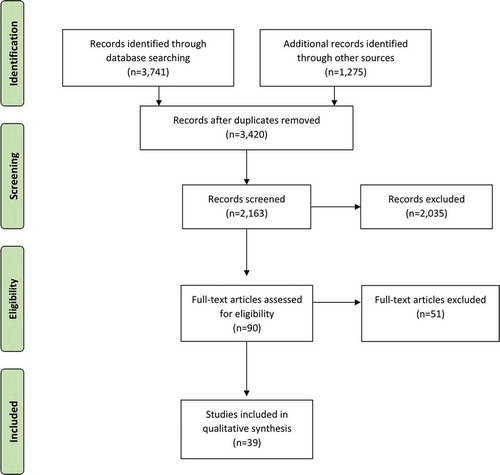Figures & data
Figure 1. Restorative effects of extracellular vesicle (EV) therapies in acute respiratory distress syndrome (ARDS). Compared to the normal alveolus (A), ARDS (B) is characterized by increased pulmonary inflammation [Citation1], increased immune cell recruitment including neutrophils and macrophages [Citation2], increased alveolar epithelial cell apoptosis [Citation3], inactivated surfactant from degradation of alveolar surfactant layer and alveolar wall collapse [Citation4], as well as increased endothelial cell permeability and gap junction formation [Citation5], fibrin deposition [Citation6] and increased platelet formation. EV treatments (C) can ameliorate the majority of these ARDS features by resolving inflammation and angiogenesis [Citation1], altering local immune cell recruitment [Citation2], decreasing apoptosis in alveolar epithelial cells [Citation3], stimulating surfactant proteins leading to re-expansion of the alveolus [Citation4], restoring endothelial junction proteins and decreasing endothelial barrier permeability [Citation5], and reducing fibrin levels [Citation6].
![Figure 1. Restorative effects of extracellular vesicle (EV) therapies in acute respiratory distress syndrome (ARDS). Compared to the normal alveolus (A), ARDS (B) is characterized by increased pulmonary inflammation [Citation1], increased immune cell recruitment including neutrophils and macrophages [Citation2], increased alveolar epithelial cell apoptosis [Citation3], inactivated surfactant from degradation of alveolar surfactant layer and alveolar wall collapse [Citation4], as well as increased endothelial cell permeability and gap junction formation [Citation5], fibrin deposition [Citation6] and increased platelet formation. EV treatments (C) can ameliorate the majority of these ARDS features by resolving inflammation and angiogenesis [Citation1], altering local immune cell recruitment [Citation2], decreasing apoptosis in alveolar epithelial cells [Citation3], stimulating surfactant proteins leading to re-expansion of the alveolus [Citation4], restoring endothelial junction proteins and decreasing endothelial barrier permeability [Citation5], and reducing fibrin levels [Citation6].](/cms/asset/cf4c4270-a687-425b-8839-882418b0559c/zjev_a_1795365_f0001_oc.jpg)
Table 1. Inclusion criteria of the systematic review.
Table 2. Articles reporting the effects of EV therapy on lung injury models.
Table 3. Articles comparing the effects of different EV populations.
Table 4. Details of EVs used as a therapy in lung injury models.

